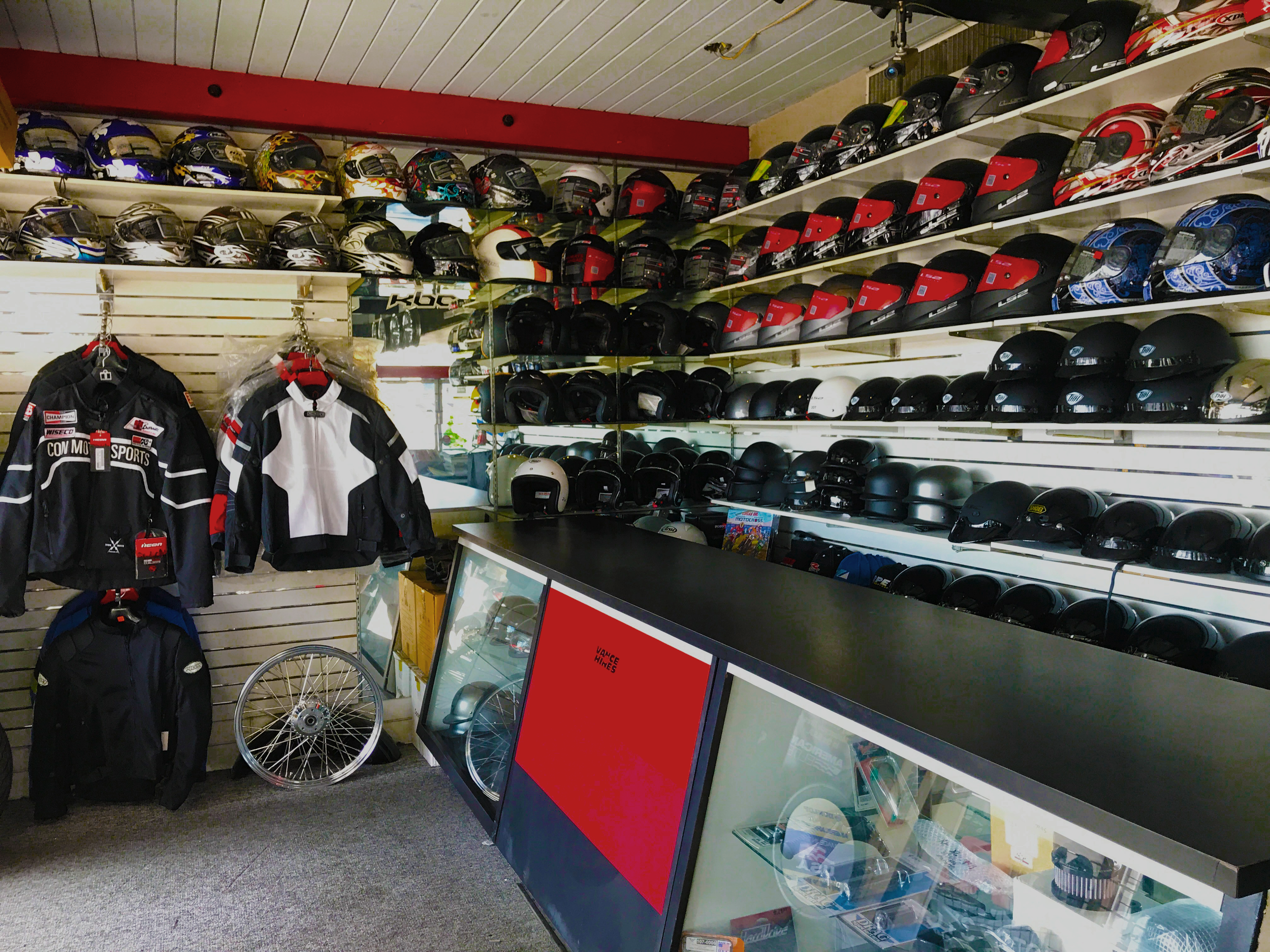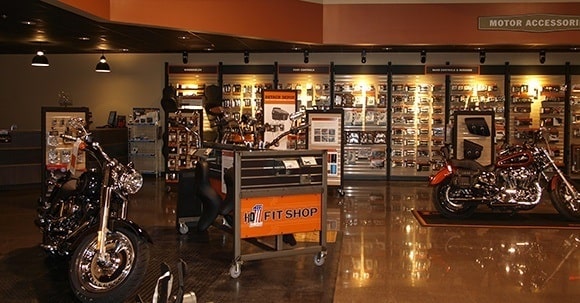Discover Quality Moto Parts NZ for All Your Motorcycle Demands
Discover Quality Moto Parts NZ for All Your Motorcycle Demands
Blog Article
Understanding Bike Gears: Exactly How to Enhance Your Riding Experience
In the realm of motorcycling, mastering the art of equipment adjustment is important for improving your riding performance. Correctly using and understanding motorcycle equipments can dramatically influence acceleration, gas, and control efficiency, changing a typical adventure into a smooth, exhilarating journey. By including exact shift timing and adjusting equipment choice to different roadway conditions, riders can make certain ideal engine performance and security. The subtleties of clutch control, throttle control, and gear technicians beckon a much deeper exploration, assuring to unlock the complete potential of your machine. Exactly how can these techniques be used to really maximize your riding experience?
Understanding Gear Mechanics
Exactly how do the details of equipment mechanics influence motorcycle performance? At the core of motorcycle dynamics, gear mechanics play an essential function in transforming engine power right into activity, inevitably determining rate and control. Gears, diligently crafted components, permit riders to optimize torque and speed, ensuring a smooth change via various surfaces and speeds. The gear proportions, very carefully developed, figure out the connection between engine revolutions and wheel turns, affecting velocity and gas performance.
Understanding equipment mechanics starts with acknowledging the importance of the transmission, which houses multiple gears of differing sizes. These equipments engage through a procedure called meshing, where teeth of different equipments involve to transfer power. The precision of this communication is vital; any imbalance or damage can bring about inefficient power transfer, preventing efficiency. Furthermore, the setup and size of equipments influence the bike's capacity to take care of different lots and speeds.
Additionally, the concept of gear moving is integral to making best use of performance. Timely and smooth shifts ensure that the engine operates within its optimal power band, stopping unnecessary pressure and enhancing durability (motorcycle shop). By comprehending these mechanical ins and outs, cyclists can achieve a harmonious mix of efficiency, control, and power, boosting their riding experience
Timing Your Changes
Change timing proficiency is important for enhancing motorbike performance and boosting the riding experience. Effectively timed changes ensure that the engine runs within its optimal power band, which is critical for maintaining control, accomplishing smooth velocity, and making certain the longevity of the bike. Riders should establish an intuitive sense of when to shift equipments, which includes comprehending the connection between engine revolutions per minute (RPM) and rate.
To understand change timing, pay close focus to the engine's audio and really feel, as these offer important hints about when to change equipments. The perfect shift factor commonly takes place when the engine comes close to the upper series of its power band without reaching the redline. Changing prematurely can cause a lack of power, while shifting also late may create unneeded engine strain
In addition, road problems and riding style impact shift timing. In city settings, smoother and much more constant changes might be required to browse website traffic effectively. In comparison, throughout freeway riding, fewer changes at higher speeds can be a lot more suitable. Exercising in different atmospheres will certainly enhance your ability to time shifts specifically, eventually boosting your riding experience to a professional degree.
Enhancing Gas Performance
While grasping motorbike equipments is critical for performance, boosting fuel performance is equally essential for both financial and ecological reasons. Optimum fuel usage not just decreases operational prices yet also reduces the environmental impact of riding. To attain this, one must comprehend the complex partnership in between gear selection and engine performance.
First of all, choosing the ideal gear at proper rates can significantly impact fuel consumption. Riding in a higher gear at lower speeds can result in engine lugging, which is damaging to both gas economic situation and engine wellness. Alternatively, riding in reduced equipments at high rates causes unneeded gas usage. Therefore, preserving an ideal balance by shifting gears abreast with roadway problems and prepared for maneuvers is essential.
Furthermore, regular maintenance plays a crucial duty in gas effectiveness. Making sure that the motorbike is well-tuned, with clean air filters and effectively blew up tires, can improve aerodynamics and decrease gas waste. Additionally, adopting a riding style that welcomes steady velocity and smooth deceleration can add to better gas economy.

Methods for Smooth Transitions
Accomplishing smooth equipment transitions is essential to boosting the riding experience and ensuring the durability of a bike's transmission system. Appropriate equipment changing not just adds to a seamless ride but likewise minimizes damage on the mechanical elements. To grasp the art of smooth shifts, cyclists have to concentrate on a couple of crucial strategies.

Secondly, clutch control plays an essential role. Engaging and disengaging the clutch efficiently calls for practice. The clutch bar must be released progressively, permitting a smooth transfer of power from the engine to the wheels without creating a jolt or abrupt motion.

Adjusting to Roadway Problems
Browsing varied road conditions is a critical skill for any motorcyclist intending to preserve control and security. straight from the source Whether you're riding on damp surface best adventure riding boots areas, crushed rock roadways, or navigating sharp turns, your capability to adapt your equipment use and riding technique is critical. Comprehending how to readjust your gears suitably can dramatically impact grip and stability, making sure a safer trip.
In comparison, when riding on gravel or uneven terrain, reduced equipments are better. Lower gears provide far better control and enable you to respond even more promptly to unanticipated modifications in the road surface area.
Sharp curves demand specific equipment management to stabilize speed and control. Downshifting prior to getting in a curve can help keep momentum while ensuring the motorcycle continues to be steady throughout the turn. Regular practice in varied problems boosts your capability to predict and respond to adjustments in roadway structure and slope.
Verdict
Understanding motorcycle gears dramatically boosts the riding experience by improving gas, velocity, and control effectiveness. A comprehensive understanding of gear mechanics and accurate shift timing ensures the engine operates within its optimal power band, while smooth transitions with reliable clutch and throttle control rise convenience and performance. Adjusting gear choice to different roadway problems, visit this page such as utilizing higher gears on damp surfaces and lower equipments on crushed rock, further enhances handling and security. Eventually, these abilities raise the overall trip.
Recognizing equipment technicians starts with recognizing the significance of the gearbox, which houses several equipments of varying dimensions. These gears connect with a process recognized as meshing, where teeth of various gears engage to send power (motocross gear). Gentle adjustments to the throttle during equipment changes can avoid jerky motions and preserve a constant riding pace
Whether you're riding on damp surface areas, crushed rock roads, or navigating sharp turns, your capability to adapt your equipment usage and riding strategy is extremely important. Adapting equipment selection to various road problems, such as utilizing higher equipments on damp surface areas and lower equipments on crushed rock, more improves handling and security.
Report this page